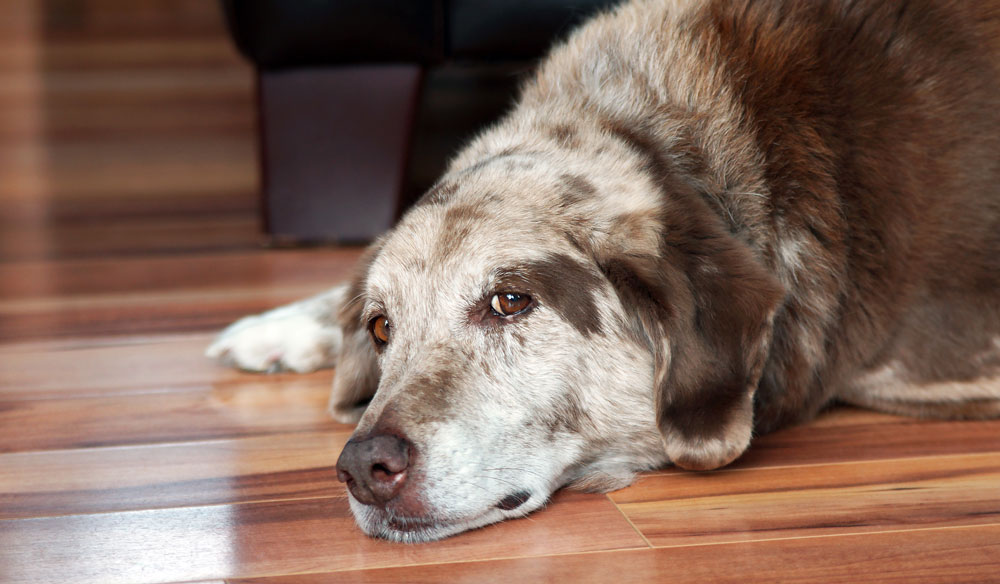-
- SHOP
- Pool Ramp for Dogs
- For People
- For Pets
- Gallery
- Blog
- Our Company
- Cart
- Login
- Newsletter
- Free US Shipping on orders over $79!
Whether you’ve just welcomed a new furry friend or if your pup is already an established family member, many dog owners wonder, “How often should I be walking my dog?” While there is a two-word response to that question, every day, the comprehensive answer isn’t always that simple. There are multiple considerations that must be taken into account when deciding the frequency, length, place, and time of your dog’s walks.
In this blog, we’ll delve into the factors that affect your dog’s walks and help you decide what is best for your pup’s physical and mental well-being.
As stated above, you should aim to walk your dog every day. When it comes to length, you should aim for about 30 minutes to an hour for a sufficient walk. However, there are some factors that will affect that, such as your dog’s:
Some breeds will require more frequent and longer walks than others. Beyond that, the individual temperament, energy level, and mobility of your pup will also influence their walking habits. For example, you may have a Shih Tzou that is constantly bouncing off the walls or a Golden Retriever that would rather take a snooze than play fetch. Just because most dogs of a certain breed behave one way, doesn’t mean your dog will.
In general, breeds like Labradors, Dalmatians, Huskies, Collies, and Shepards tend to have high energy levels and will require more exercise. This means at least one long walk every day or multiple shorter walks. However, as stated above, your individual dog may not require the activity level usually suggested for their breed. If your dog becomes completely wiped out for a walk or can only run around for short periods of time, they likely do not require long or multiple walks in one day. If your pup is still running around the house after their walk, that may be a sign they need longer or more frequent walks. Take note of your dog’s activity level and adjust the length and frequency of their walks in response.

Walking can also significantly affect your dog’s temperament. An un-walked dog may feel bored and act out by destroying your belongings or even going to the bathroom in the house. A sufficient and consistent walking schedule can positively impact your dog’s behavior. The next time your dog is acting out, they may just need a longer walk.
Breeds like Basset Hounds, Chihuahuas, and Pugs are usually on the lower end of the energy spectrum, and may not need as many walks as more active breeds. Because of their short stature, smaller breeds usually aren’t able to walk as far as larger breeds, requiring shorter walks. While a walk around a few blocks may be nothing to an active German Shepard, it could be a marathon for Pomeranian.
Considering age, dogs usually have much more energy in their younger years. Growing older also means the chances of developing conditions like arthritis and hip dysplasia become higher, which will significantly impact your dog’s ability to walk. In these situations, daily walks may just not be possible. However, exercise is still important. For older dogs or dogs experiencing mobility issues, a low-impact exercise like swimming is a great replacement for walks.

The time of year can greatly affect your dog’s walks. It’s important to be aware of the day’s projected temperature before setting off on your adventure.
While dogs were bred to love the cold and snow, others just shiver. Breeds like Malamutes and Samoyeds have thick coats that are the perfect match for winter weather. These dogs, for example, will thoroughly enjoy their walks in the colder winter months. Dogs with short hair or smaller dogs, however, will not. Walking too long in extreme cold can feel more like a punishment than a treat for these pups. Keep an eye out for your dog’s reaction to the cold. If they’re shivering or refusing to step on one or more paws, they’re too cold. There are coats and booties you can buy to make winter walks more comfortable for your pup, but if the temperature is near or below freezing, it’s probably just better to stay inside.
On the other end of the spectrum, short-haired dogs and smaller breeds will have an easier time walking in warm weather than larger breeds and dogs with thick coats. It’s important to keep an eye on the rising temperatures because heat stroke can be a real threat to your pup. It is not recommended to take walks in weather hotter than 80F, and even temperatures in the 70s can be too hot for a heat-aversive pup.

It’s always a good idea to keep an eye on your dog’s behavior in the heat and provide access to both water in shade. If your dog is sensitive to heat, it’s a good idea to take shorter walks in the heat and wait until the evening when the temperature starts to cool down.
In the previous section, we discussed how often you should walk your dog, but does the location of the walk matter? Yes, it does! Asphalt, a common material for roads and trails, absorbs heat and can become extremely hot during the summer months. Walking on hot asphalt can burn your dog’s paws, and isn’t a reliable place to walk all year long. Dogs are also curious creatures and enjoy sniffing along the route of their walk. If your surrounding neighborhood has asphalt paths or doesn’t house greenery or trees, it could be a good idea to take a little trip to a park, forest preserve, or dog park.

When traveling there, we recommend using a dog ramp to help your dog safely and comfortably reach your car. The ramp prevents joint damage from jumping in and out of the car and is especially helpful for older dogs and dogs with mobility issues like arthritis.
The consistency of an everyday walk can positively impact your dog’s physical and mental health. A daily commitment to your dog can drastically improve their overall well-being.
We get it, life gets busy and things come up. You may not be able to walk your dog every single day. While you may not have time for a significant walk every day, it’s important to remember that a short walk, while not fully satisfying for your dog, is better than nothing. If you miss a day here and there, your dog might be a bit disappointed, but it’s not a big deal. If it is difficult for you to commit to a consistent walking schedule, it might be a good idea to check out a dog walking service that can handle the walks for you.
Another solution for limited time is utilizing the local dog park, if you’re lucky enough to have one. The fenced-in dog park allows your dog to be off-leash, which can allow them to exert more energy in a shorter amount of time by running around. It also allows them to interact with other dogs while doing so. Be sure that your pup is comfortable interacting with other dogs if they’re going to be in an off-leash environment. If so, the dog park can be a great option for getting out significant amounts of energy in shorter amounts of time.
In conclusion, the frequency with which you walk your dog is a crucial aspect of responsible pet ownership. As we’ve explored in this blog, the benefits of regular walks extend far beyond just physical exercise. They contribute to your dog’s mental stimulation, socialization, and overall well-being. Finding the right balance depends on various factors such as your dog’s breed, age, and health, but a general guideline is to aim for at least 30 minutes to an hour of exercise each day.

Remember, it’s not just about meeting a quota; it’s about fostering a strong bond with your furry friend and ensuring their holistic health. Pay attention to your dog’s cues and adapt your walking routine accordingly. Whether it’s a leisurely stroll through the neighborhood or using the PetStep ramp in the car to drive to a hiking trail in the great outdoors, the key is to make each walk an enriching experience for both you and your canine companion.
Ultimately, the time you invest in regular walks is an investment in your dog’s happiness and longevity. So, leash up, step outside, and embark on a journey of joy and well-being with your loyal companion by your side.